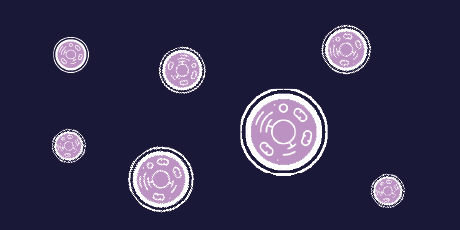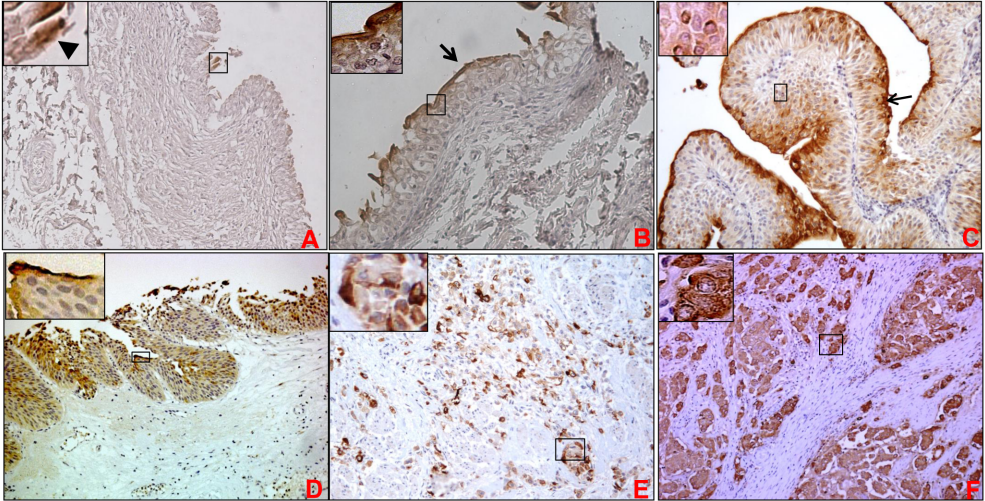Anti-HPV18E6 [C1X1] Product
[…] and E7 are the major viral oncoproteins that regulate cell proliferation through the inactivation of p53 and Rb1 tumour suppressor proteins respectively. BF7 can be used for detection of HPV […]
[…] and E7 are the major viral oncoproteins that regulate cell proliferation through the inactivation of p53 and Rb1 tumour suppressor proteins respectively. BF7 can be used for detection of HPV […]

[…] of an 82 year-old male patient. STNMP stage II, moderately differentiated, node positive tumour. Mutant p53, codon 176 exon 5, G to T and 373 exon 11, A to G; […]
[…] anti-JMY antibody recognises uman JMY. JMY is a p300-binding protein with dual action: by enhancing P53 transcription in the nucleus, it plays an important role in the cellular response to […]
[…] inhibit cell growth by 50%) 14 ÎźM versus >30 ÎźM), and was more growth-inhibitory in p53 mutant or null versus p53 WT cells (p=0.02), and in Rb (retinoblastoma protein) WT […]
[…] and E7 are the major viral oncoproteins that regulate cell proliferation through the inactivation of p53 and Rb1 tumour suppressor proteins respectively. BF7 can be used for detection of HPV […]

[…] morphology, STNMP stage II, well differentiated and node positive tumour. This cell line has mutant p53, codon 306 exon 8, G to A; wild type K-, N- and Ha-ras. Cultured […]

[…] is upregulated in the lactating breast and in carcinomas. MUC1 also is involved in tumour progression and transcription through regulation of p53. Anti-MUC1 can react with unglycosylated MUC1, and several glycoforms.
[…] the in vitro study of p300 in colon carcinoma, and specifically of its role in p53-dependent apoptosis, cellular adhesion and migration. Cell lines available are p300 WT (HCT116), p300 KO […]
[…] the in vitro study of p300 in colon carcinoma, and specifically of its role in p53-dependent apoptosis, cellular adhesion and migration. Cell lines available are p300 WT (HCT116), p300 KO […]
![ELISA showing equivalence in performance between anti-MUC1; Recombinant [HMFG2] ("recombinant HMFG2") and Anti-MUC1 [HMFG2] ("purified HMFG2"). ELISA was performed on a 60mer peptide which consists of 3 tandem repeats of MUC1. The secondary anti-mouse antibody was HRP linked and the binding identified with a coloured substrate; O-phenylenediamine. Data kindly provided by Dr. Joy Burchell and Prof. Joyce Taylor-Papadimitriou](https://cancertools.org/wp-content/uploads/8950d90e-3d55-4955-9627-396eb9613eb4.jpg)
[…] and in carcinomas. MUC1 also is involved in tumour progression and transcription through regulation of p53. This is a recombinant version of the anti-MUC1 antibody. Anti-MUC1 can react with unglycosylated […]

CancerTools.org uses the contact information provided to respond to you about our research tools and service. For more information please review our privacy policy.